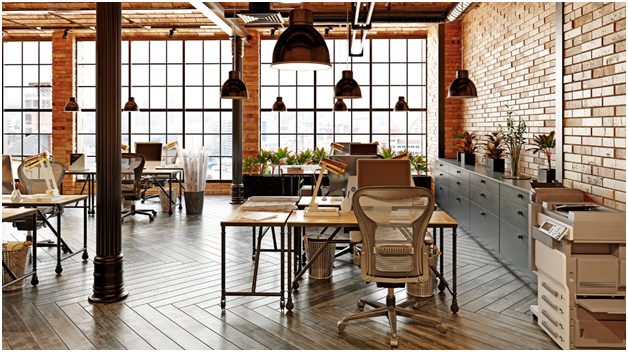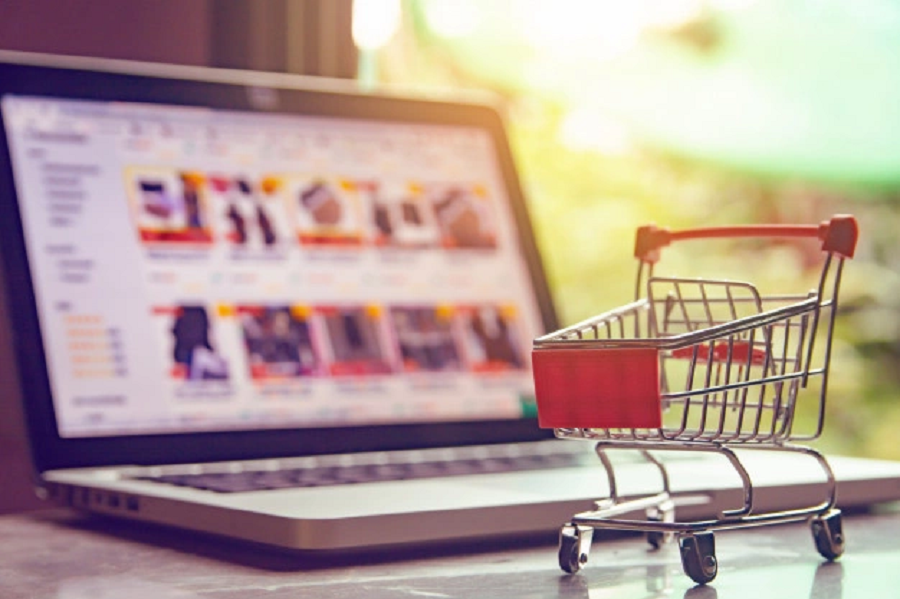In the contemporary business landscape, sustainability has emerged as a key consideration in office design. As companies increasingly recognise the importance of environmental responsibility, integrating eco-friendly practices into modern office space has become a crucial strategy. This blog explores how adopting sustainable solutions in office space design benefits both businesses and the environment, highlighting the practical and ethical advantages of going green.
The Rise of Eco-Friendly Office Design
The concept of office space is evolving rapidly, with sustainability at its core. Eco-friendly office design is no longer just a trend but a necessary approach to creating functional, healthy, and environmentally responsible work environments. This shift reflects a broader recognition of the impact that corporate activities have on the planet and the need to mitigate these effects through thoughtful design and practices.
Incorporating sustainability into office space involves several key elements, including energy efficiency, resource conservation, and the use of sustainable materials. By focusing on these aspects, businesses can significantly reduce their carbon footprint and contribute to a more sustainable future.
Energy Efficiency and Resource Conservation
One of the primary benefits of adopting eco-friendly practices in office space is improved energy efficiency. Modern office spaces are increasingly being designed with energy-saving features such as LED lighting, smart thermostats, and high-performance insulation. These technologies help reduce energy consumption, lower utility bills, and minimise the office’s environmental impact.
Additionally, resource conservation is a critical component of sustainable office design. By incorporating water-saving fixtures, recycling programmes, and materials sourced from renewable or recycled sources, businesses can significantly reduce their consumption of natural resources. These practices not only contribute to environmental protection but also often result in cost savings for the company.
Health and Well-Being of Employees
Beyond environmental benefits, eco-friendly office design also has a direct impact on the health and well-being of employees. Office spaces that prioritise natural light, good air quality, and the use of non-toxic materials create a healthier work environment. Research has shown that exposure to natural light and improved air quality can enhance productivity, reduce absenteeism, and improve overall job satisfaction.
Design features such as biophilic elements—incorporating plants and natural materials—can further contribute to a calming and pleasant work atmosphere. This focus on well-being not only supports the physical health of employees but also fosters a positive workplace culture, which can lead to increased employee retention and engagement.
Enhancing Brand Image and Corporate Responsibility
Incorporating sustainable practices into modern office space design also enhances a company’s brand image and demonstrates a commitment to corporate responsibility. As environmental concerns become more prevalent among consumers and investors, businesses that prioritise sustainability are seen as forward-thinking and responsible. This positive perception can improve customer loyalty, attract talent, and differentiate a company from its competitors.
Moreover, many businesses are now using their eco-friendly office spaces as a marketing tool to showcase their commitment to sustainability. By highlighting green initiatives, companies can effectively communicate their values and align with the growing consumer demand for environmentally responsible products and services.
Financial Benefits of Sustainable Design
While the initial investment in eco-friendly design elements may seem substantial, the long-term financial benefits often outweigh the costs. Energy-efficient systems and sustainable materials typically lead to lower operating costs through reduced energy and water consumption. Additionally, many governments and local authorities offer incentives and tax breaks for businesses that implement green building practices, further offsetting the initial expenditure.
Furthermore, a well-designed office space that prioritises sustainability can lead to increased property value. Buildings with green certifications such as LEED (Leadership in Energy and Environmental Design) often command higher resale values and attract higher-quality tenants. This aspect is particularly important for businesses considering long-term investments in their property.
Implementing Sustainable Practices in Modern Office Space
To effectively integrate eco-friendly practices into office space design, businesses should start by conducting a thorough assessment of their current practices and identifying areas for improvement. Engaging with experienced architects and designers who specialise in sustainable building practices can help create a tailored plan that aligns with both business goals and environmental objectives.
Key steps in implementing sustainable design include selecting energy-efficient lighting and HVAC systems, choosing sustainable materials such as bamboo or recycled content, and incorporating green building certifications into the design process. Additionally, fostering a culture of sustainability among employees through education and involvement in green initiatives can further enhance the effectiveness of these practices.
Conclusion:
Adopting eco-friendly practices in modern office spacedesign offers a multitude of benefits for both businesses and the environment. By focusing on energy efficiency, resource conservation, employee well-being, and corporate responsibility, companies can create work environments that are not only sustainable but also supportive of their long-term goals. Embracing these practices not only helps reduce environmental impact but also contributes to a healthier, more productive workplace and a positive brand image. As sustainability continues to play a critical role in the business world, integrating green practices into office design is a proactive step towards a more responsible and successful future.




